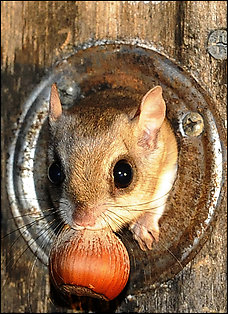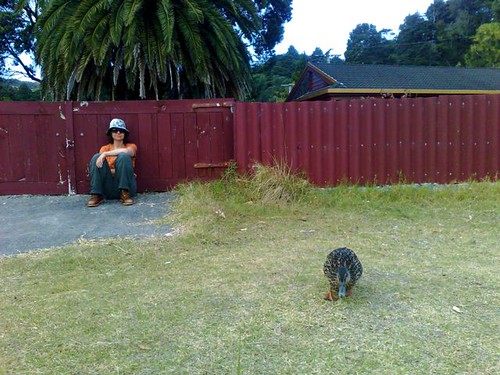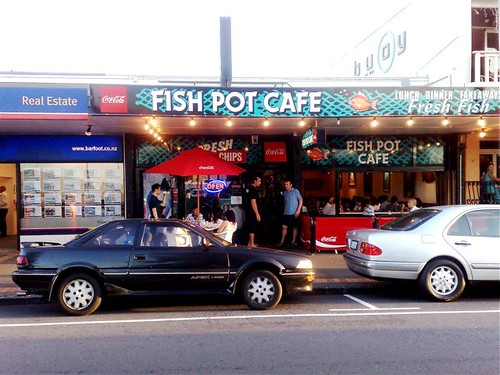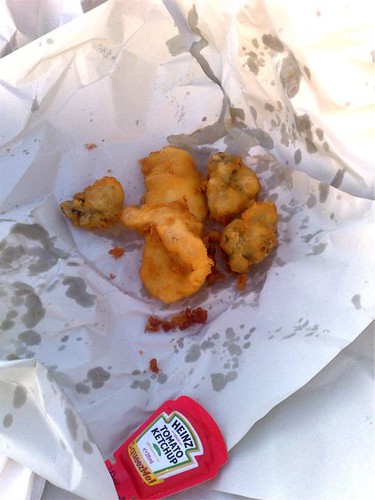The Comfort Zone Diet
Thursday, 9 April 2009 by kinakoJam
Jeremy Bentham, the philosopher who 200 years ago also advocated for women’s rights, gay rights and prison reform (...) responded to Kant’s lack of interest in animals by saying: “The question is not, Can they reason? nor, Can they talk? but, Can they suffer?”
In recent years, the issue has entered the mainstream, but even for those who accept that we should try to reduce the suffering of animals, the question remains where to draw lines. I eagerly pushed Mr. Singer to find his boundaries. (...)
I asked Mr. Singer how he would weigh human lives against animal lives, and he said that he wouldn’t favor executing a human to save any number of animals. But he added that he would be troubled by the idea of keeping one human alive by torturing 10,000 hogs to death.
These are vexing questions, and different people will answer them differently. For my part, I eat meat, but I would prefer that this practice not inflict gratuitous suffering.
Yet however we may answer these questions, there is one profound difference from past centuries: animal rights are now firmly on the mainstream ethical agenda.
Nicholas Kristof, better known for his commentary on humanitarian crises, has written an interesting column in the NY Times about animal rights entering the mainstream.
Well-known part-time vegan Mark Bittman's response to that article was to quote Schopenhauer on the three stages of truth: "First, it is ridiculed; Second, it is violently opposed; and Third, it is accepted as self-evident.”
Still - although writers like Bittman and Pollan have made it more socially acceptable to become a bleeding heart flexitarian - there are still plenty of people who believe that vegetarianism is a mask for psychological dysfunction. Reduced meat consumption connected to caring about the welfare of animals still has a long way to go, P.R.-wise.
But Mark Bittman's just getting started, and his approach obviously works because it's so stomachable (when you're not getting stomach pangs about all the dead baby male chicks, that is). It's the culinary version of armchair activism, but it's a start: even hardline vegan bloggers appreciate his efforts.
If you, too, are a bleeding heart flexitarian who thinks it's only human to enjoy a bit of butter on your bread, but still feels vaguely concerned about the effect of wide-scale cow farming on the environment, here's a useful website resource for lacto-ovo vegetarian recipes. I particularly recommend the sticky-black-gingerbread-with-a-touch-of-guilt. It came out very nicely.











